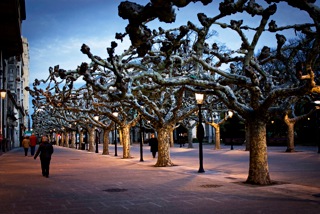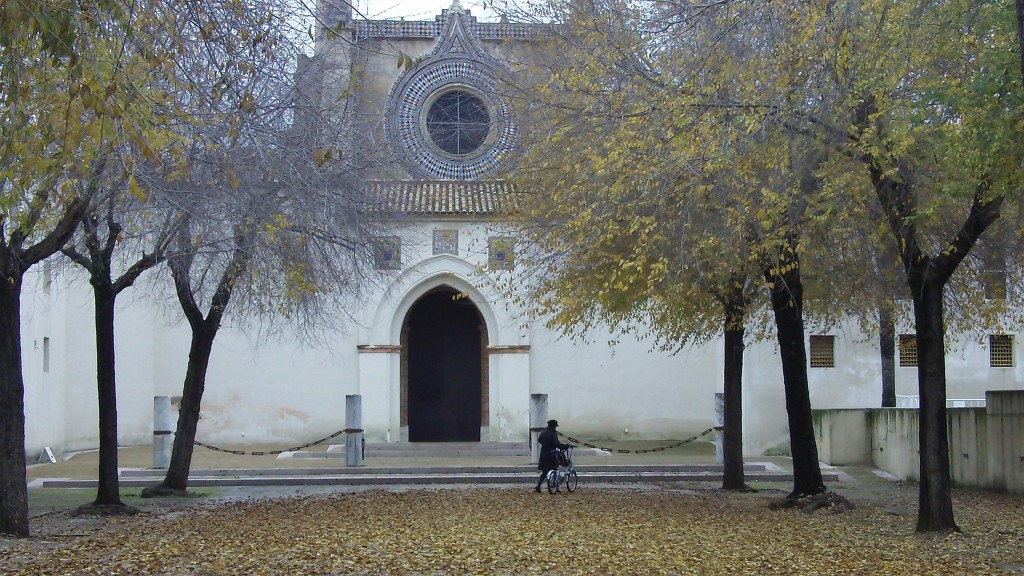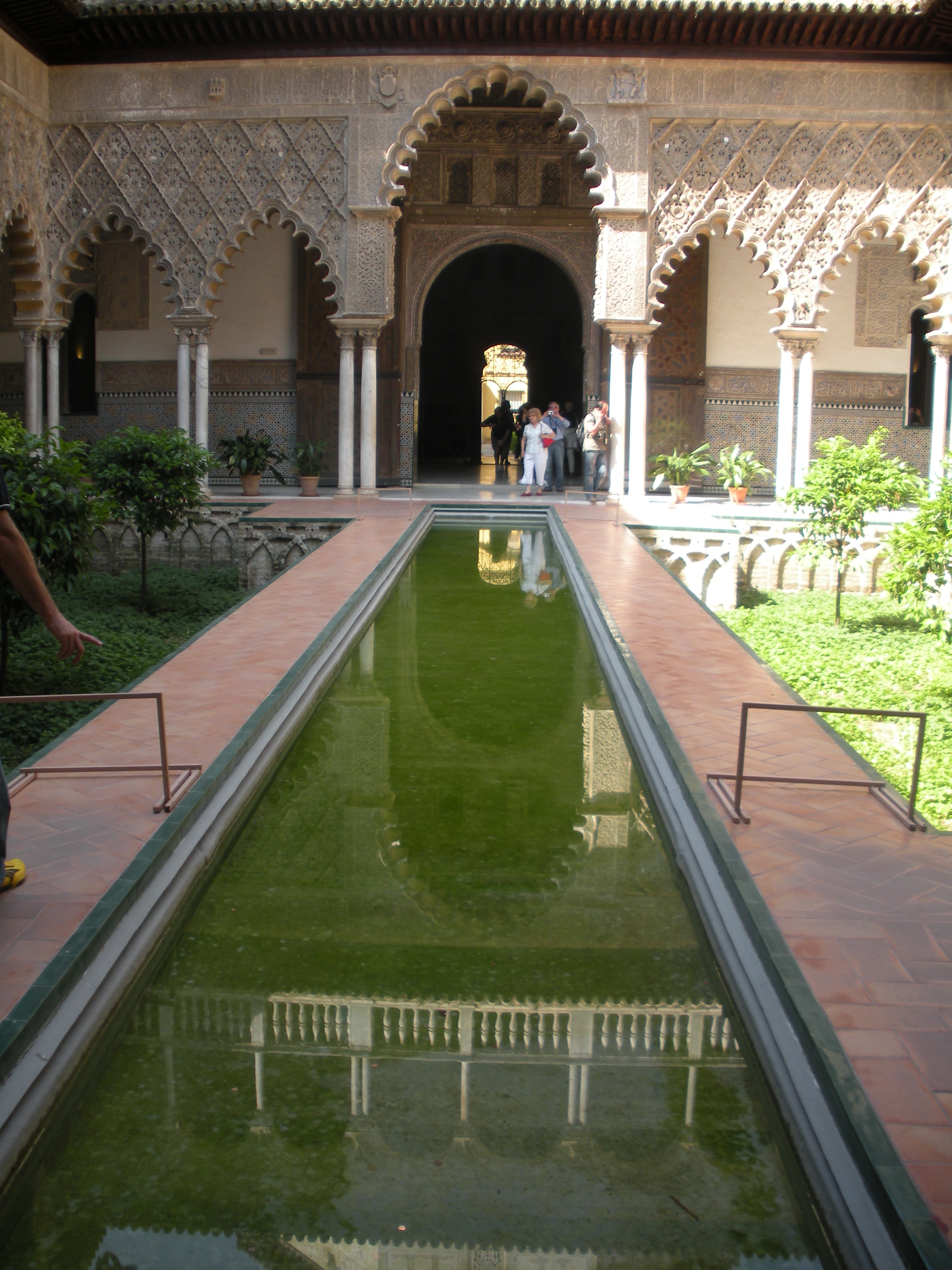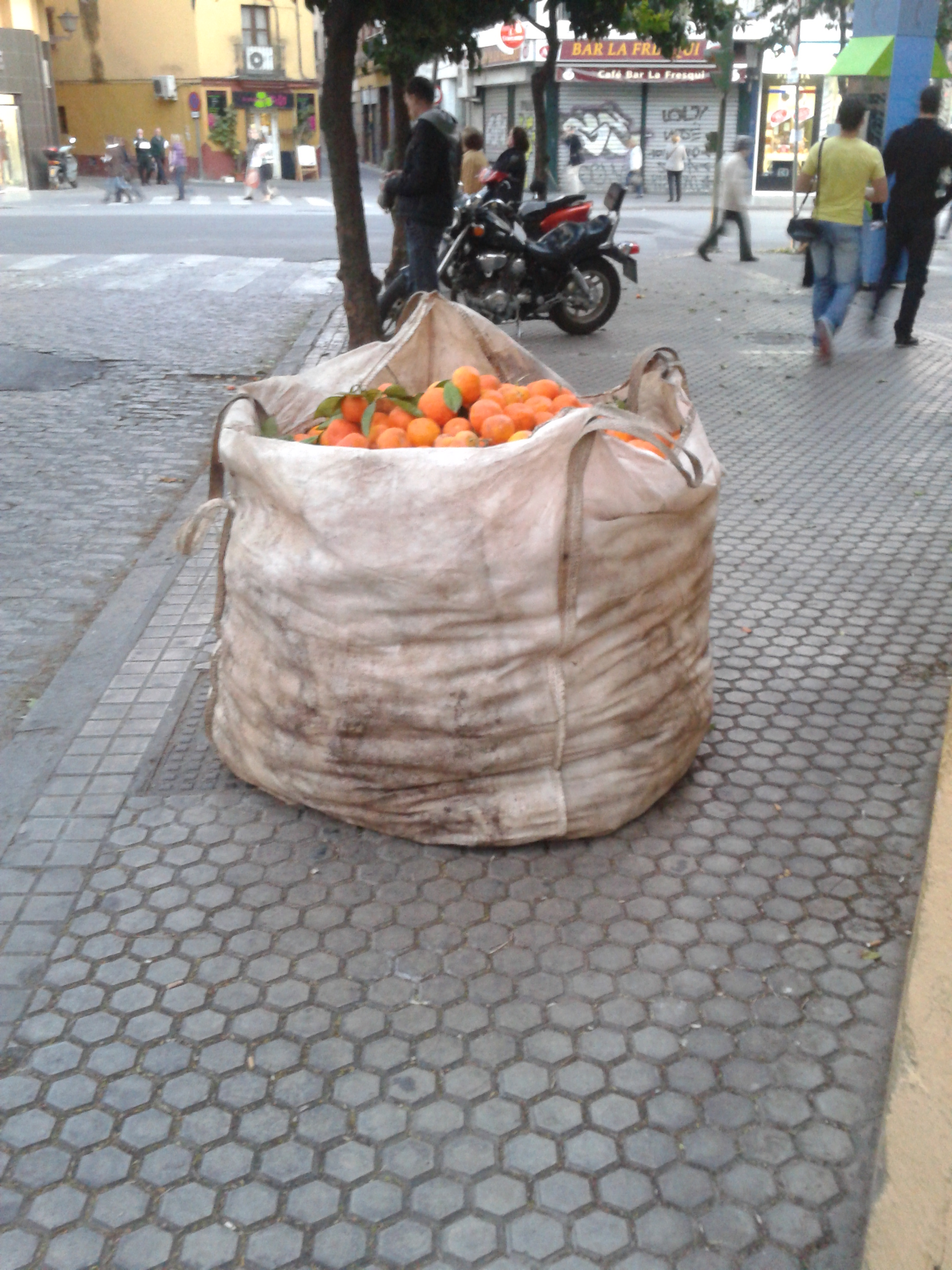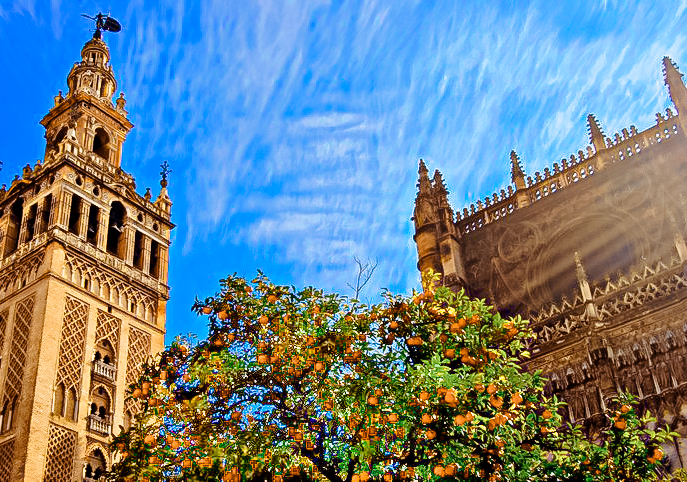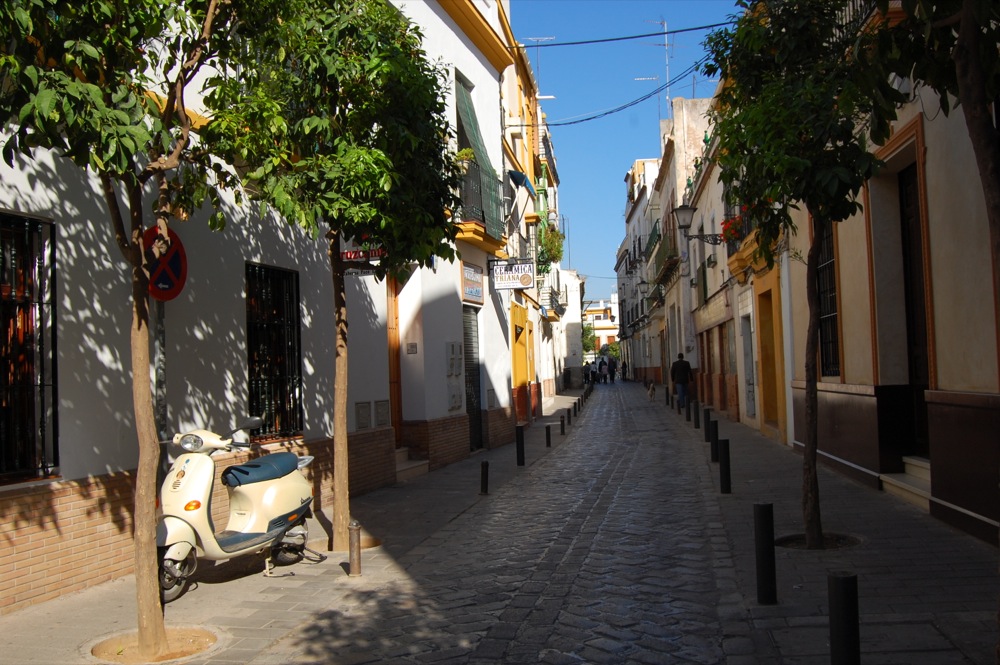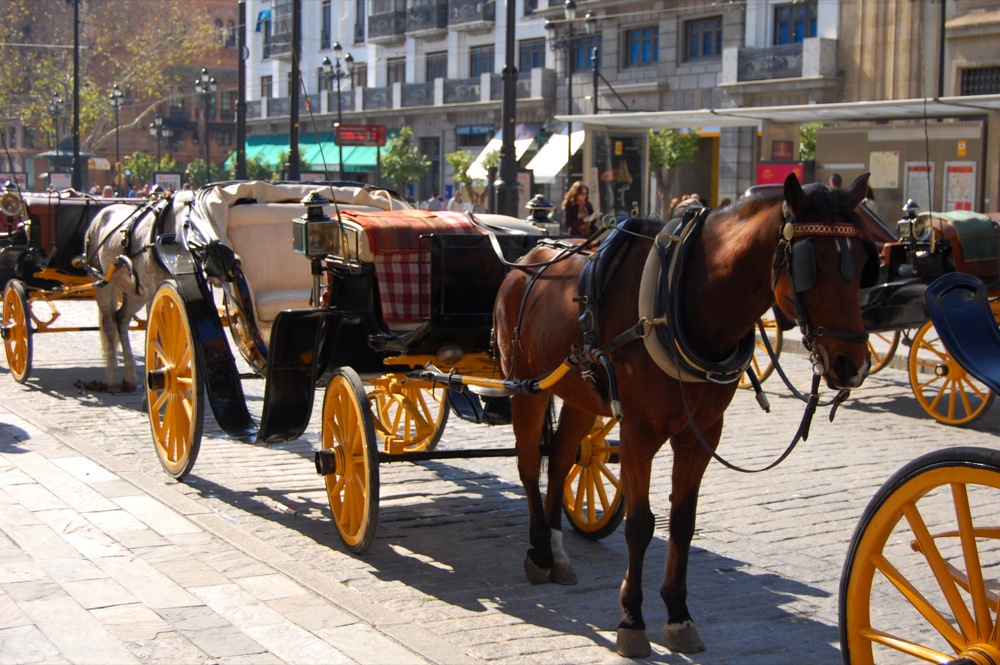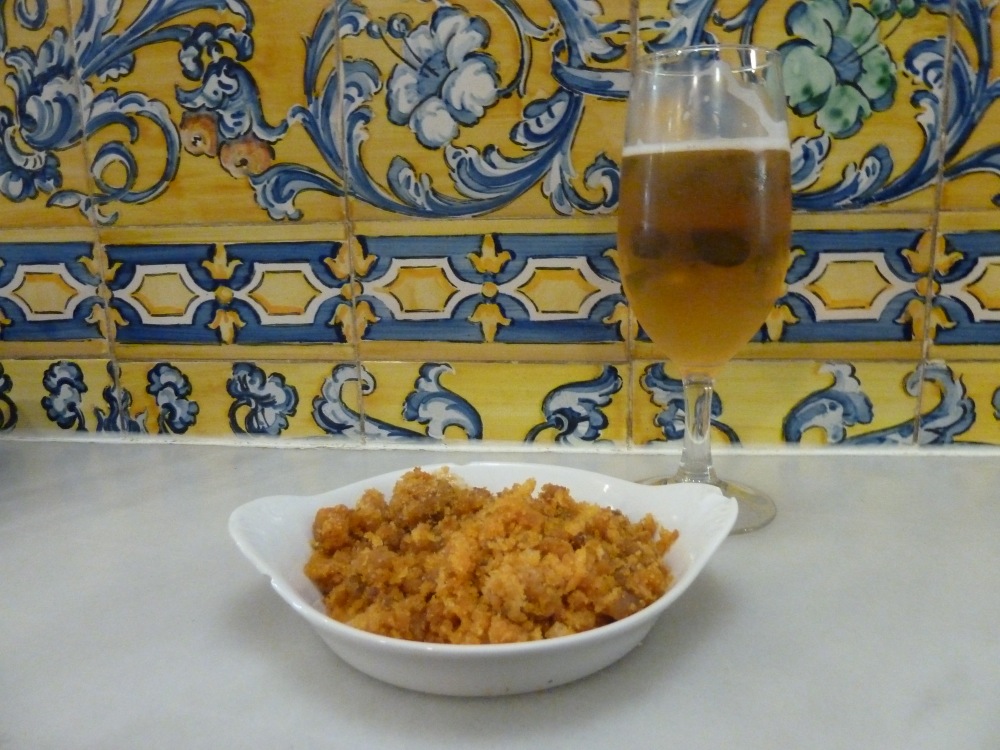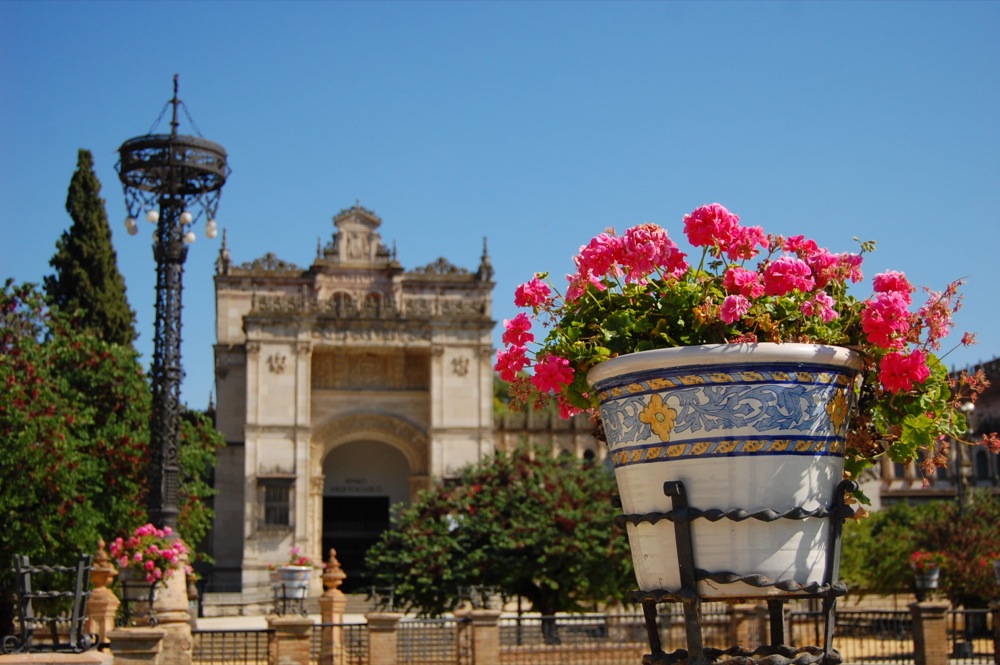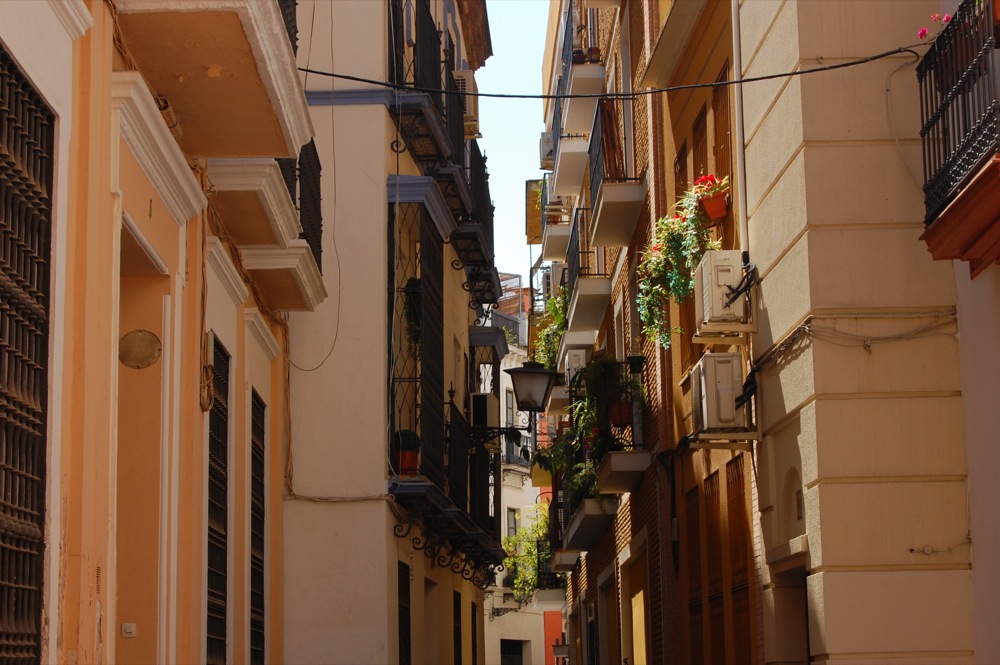Nostalgia is a funny thing for anyone who’s resided abroad. Just one whiff of cous cous sends you back to the souks of Marrakesh, the notes of a strained tango to Buenos Aires. A crush of happy memories and the angst of longing for that moment. At the same time, thinking of your favorite place can be an end-all cure for homesickness of a place that may have just been your home for a brief wink of time.
This picture is of the Paseo de Espolón, a tree-lined path that winds along the bank of the Rio Arlanzón in Burgos, Spain. Despite frigid winters and blistering summers, Burgaleses can be found strolling the Espolón year round. This photo was taken in the dead of winter and, if you look closely, you can see how the knotted branches have grown together over time. When I’m feeling homesick for Spain I just look at this picture and am taken back to a cold winter day, outside of my favorite cafe in a little town in Northern Spain.
Kayla is an avid traveler with a love for photography, adventure and all things Spanish. She has spent time living in Spain, Costa Rica and Argentina and currently resides in Chicago, IL. You can see more of her photos at http://kaylachristensen.
Love taking shots? Been to Seville or Spain? I’m looking for travelers with a good eye to capture beautiful Spain and contribute to my weekly Snapshots section. Send your photos to sunshineandsiestas @ gmail.com with your name and a short description of the photo and look to be featured on Monday.
